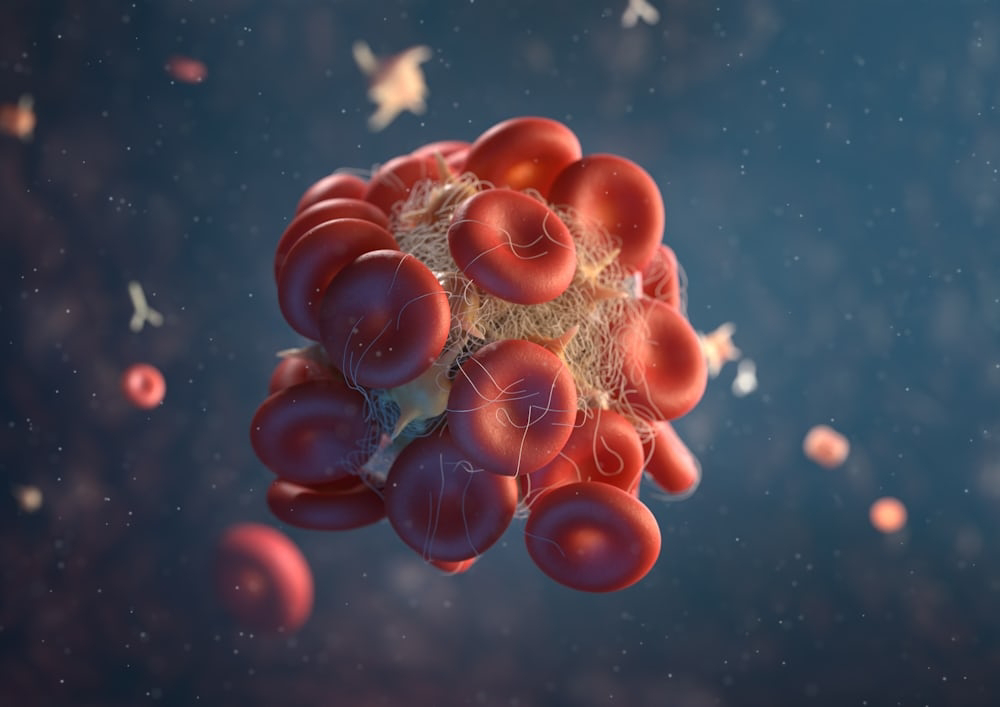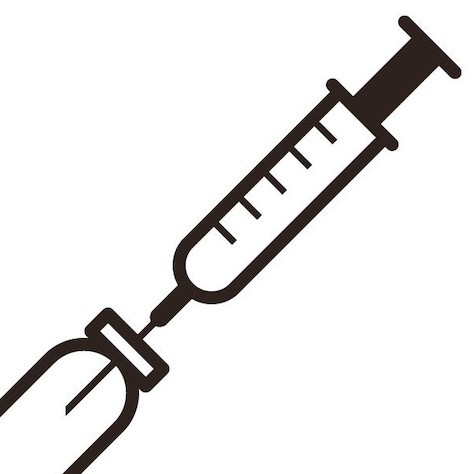Understanding Low Ferritin Levels from Blood Donation
Blood donation is a noble and life-saving act. However, one of the potential side effects of frequent blood donation is the reduction in ferritin levels, which can have significant health implications. Ferritin is a protein that stores iron in the body, and low ferritin levels indicate depleted iron stores. In this blog, we will delve into the causes, symptoms, and prevention strategies for low ferritin levels due to blood donation.
What is Ferritin?
Ferritin is a blood protein that contains iron and is found in the liver, spleen, bone marrow, and muscles. It serves as the primary form of iron storage in the body, releasing iron when the body needs it. Adequate ferritin levels are crucial for maintaining overall health, as iron is a vital component of hemoglobin, the protein in red blood cells that carries oxygen from the lungs to the rest of the body.
How Blood Donation Affects Ferritin Levels
Each blood donation removes about 200-250 milligrams of iron from the body. While the body can replenish this iron over time, frequent blood donations can lead to a significant reduction in iron stores, reflected by lower ferritin levels. Here’s how the process works:
Iron Loss: When you donate blood, a significant amount of iron is removed from your body along with the red blood cells. This immediate loss of iron can deplete your body’s iron stores if not replenished adequately.
Frequency of Donations: Regular blood donations, especially when done more frequently than the recommended intervals, can prevent your body from fully replenishing its iron stores. The American Red Cross suggests waiting at least 8 weeks between whole blood donations to allow your body time to recover.
Dietary Iron Intake: Your diet plays a crucial role in replenishing lost iron. If your diet is low in iron-rich foods, you may struggle to restore your iron levels, leading to decreased ferritin.
Individual Variability: Some individuals naturally have lower iron absorption rates or higher iron requirements due to factors such as age, gender, and overall health. These individuals are more susceptible to developing low ferritin levels after donating blood.
Symptoms of Low Ferritin Levels
Low ferritin levels can lead to iron deficiency anemia if not addressed. Common symptoms include:
- Fatigue and Weakness: Low iron levels reduce the amount of oxygen carried to your muscles and tissues, leading to chronic fatigue and weakness.
- Pale Skin: Iron deficiency can cause paleness or a noticeably lighter complexion.
- Shortness of Breath: Reduced oxygen delivery can make it difficult to breathe, especially during physical activities.
- Dizziness and Headaches: Low iron levels can affect brain function, leading to frequent headaches and dizziness.
- Brittle Nails and Hair Loss: Iron is essential for healthy nails and hair; a deficiency can cause brittle nails and increased hair shedding.
Preventing Low Ferritin Levels
To prevent low ferritin levels from blood donation, consider the following strategies:
Monitor Donation Frequency: Adhere to the recommended intervals between blood donations. For whole blood, wait at least 8 weeks between donations. For platelet or plasma donations, follow the specific guidelines provided by your blood donation center.
Increase Dietary Iron Intake: Incorporate iron-rich foods into your diet to help replenish your iron stores. Good sources of dietary iron include:
- Red meat (beef, lamb, pork)
- Poultry (chicken, turkey)
- Fish and shellfish (salmon, tuna, shrimp)
- Legumes (lentils, beans, chickpeas)
- Leafy green vegetables (spinach, kale)
- Iron-fortified cereals and grains
- Nuts and seeds
Enhance Iron Absorption: Certain foods and nutrients can enhance iron absorption. Vitamin C, found in citrus fruits, tomatoes, and bell peppers, can increase the absorption of non-heme iron (the type of iron found in plant-based foods). On the other hand, avoid consuming calcium-rich foods or beverages, tea, and coffee with iron-rich meals, as they can inhibit iron absorption.
Consider Iron Supplements: If you are a frequent donor or have been diagnosed with low ferritin levels, your healthcare provider may recommend iron supplements. It is important to follow their guidance, as excessive iron supplementation can cause adverse effects.
Regular Monitoring: Keep track of your ferritin and hemoglobin levels, especially if you donate blood regularly. Many blood donation centers offer free health screenings, including hemoglobin checks, which can provide insights into your iron status.
Stay Hydrated and Maintain Overall Health: Adequate hydration and a balanced diet support overall health and iron metabolism. Regular exercise and sufficient sleep also contribute to maintaining healthy iron levels.
When to Seek Medical Advice
If you experience symptoms of low ferritin levels or iron deficiency anemia, it is important to seek medical advice. Your healthcare provider can conduct blood tests to measure your ferritin and hemoglobin levels and recommend appropriate treatments or dietary adjustments.
Donating blood is a generous act that saves lives, but it is essential to be mindful of its impact on your iron levels. Understanding the relationship between blood donation and ferritin levels can help you take proactive steps to maintain your health. By monitoring your donation frequency, increasing dietary iron intake, and considering supplements if necessary, you can continue to donate blood safely while preserving your iron stores. Always consult with a healthcare professional if you have concerns about your iron levels or experience symptoms of low ferritin.





Comments
Post a Comment